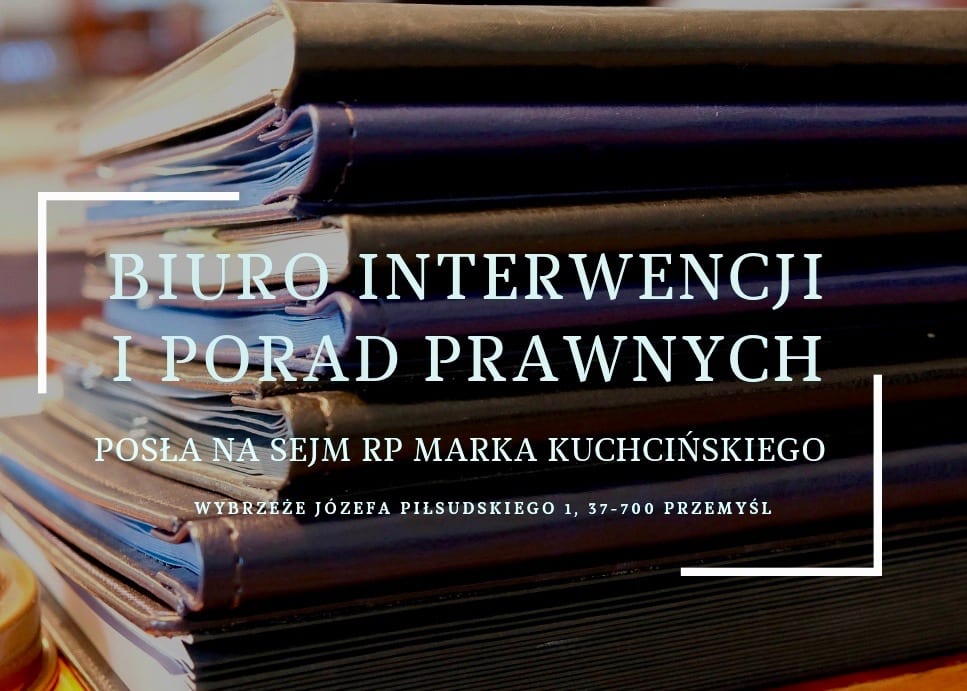INTRODUCTION
Marek Kuchciński
The 33rd “Europe of the Carpathians” Conference, traditionally held under the aus pices of the Sejm of the Republic of Poland – in cooperation with parliaments and institutions not only of the Carpathian countries but also of Central Europe in the broadest sense – was convened in an extraordinary situation. Initially, it was to be held in Ukraine – in Yaremche, in the Eastern Carpathians, close to the Black Mountain, but the ongoing war has thwarted these plans. So we meet in the hospitable and beautiful Krasiczyn.
Let us look back and return for a moment even to the times when Christianity was adopted in Central Europe by Poland, Kievan Ruthenia, Hungary or the Czech Repub lic. We can see that in every succeeding generation and century, there are numerous examples of outstanding people from these countries working together despite political disputes, different interests of rulers and other religions, examples of significant circumstances and events connected with our part of Europe – giving it special and unique features, which have been described many times. Among them are features that even encourage Central European cooperation and which are worth recalling today.
Central Europe remains divided by borders. Not far from here, a dozen or so kilo meters away, we have the edge of the European Union. Thanks to providence and people – politicians from Poland, Hungary, Slovakia, the Czech Republic, Lithuania, Lat via, Estonia, Romania or Bulgaria – these countries have been part of the European Union since 2004 or, at the latest, since 2007. That is how we got out of Moscow's orbit of influence. Others, however, are still within it. We rebuilt our states in peace, consol idating our independence in domestic and intra-EU disputes – as I would put it. There is regular fighting in Ukraine. That is why our Conference today is devoted mainly to the war in Ukraine and all its consequences.
Today, 13 May, we also meet in Krasiczyn on an important anniversary. Precisely 150 years ago, the first railway line was opened, and a passenger train started operating from Przemyśl to Chyrów and then to Budapest. At that time, there was no EU border, so it was possible to travel freely to Chyrów and beyond: to Romania, Hungary and so on. That is why we meet internationally, to talk also about neighborhood cooperation, about cooperation between nations, to look for what unites us and strengthens us mutually. We want to share our reflections and impressions. Let us remember that when we talk about the present, we also speak and think about the future.
Some of the events or topics of this Conference will be very important, others important, and others somewhat traditional. We always discuss infrastructure, as well as European funds. However, we will be talking about the transformation and reconstruction of Ukraine (a panel discussion devoted to this will conclude our Conference) for the first time. Concrete plans for future change will also be presented.
We will talk about the Collegium Carpathicum project in some new ways. We will also talk about the diversity of Europe of the Carpathians, about the routes of civili sation, which are the most important for us because they connect, as it were, not only East and West but also North and South.
And all this in the Carpathian area, a region of beautiful diversity, which brings with it great natural wealth, a wealth of fauna and flora, and a unique wealth of people and their courageous thoughts. People who, drawing richly on the heritage of the past – are building the future: a new identity for Europe of the Carpathians in times of significant new challenges.


